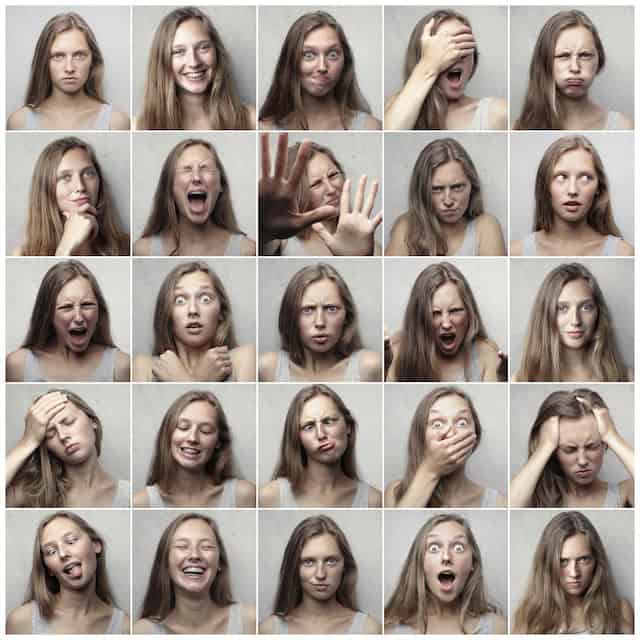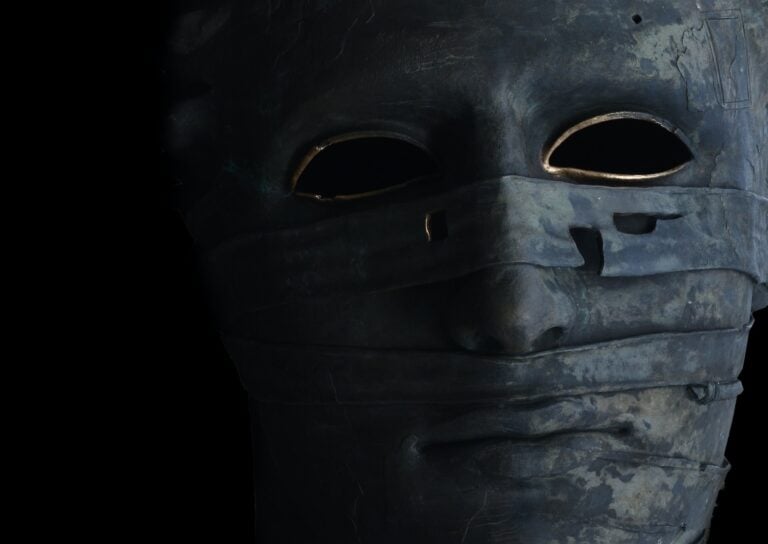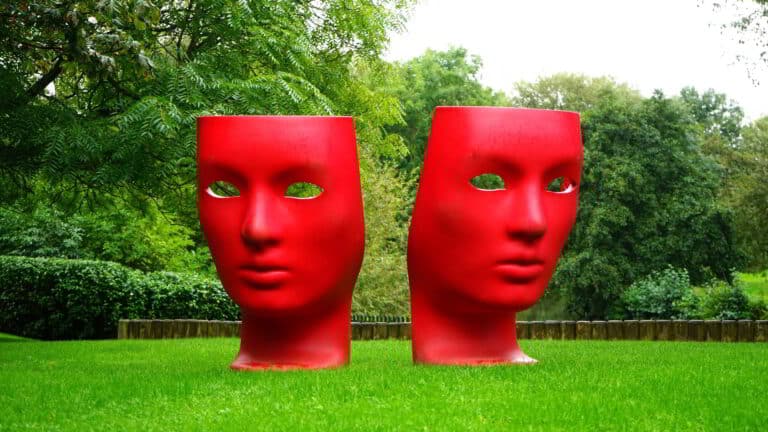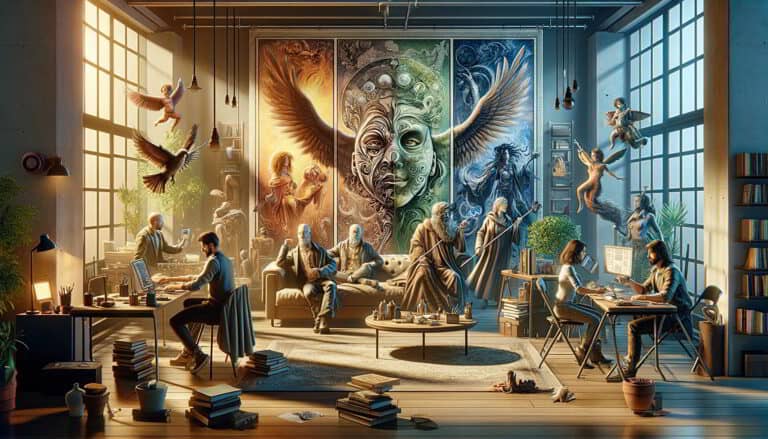Exploring Character Depth: Enneagram, Myers-Briggs, and Jungian Archetypes
Delve into the labyrinth of character creation with the Enneagram, Myers-Briggs Personality Types, and Jungian Archetypes, transforming your fictional characters into compelling figures that resonate with readers.
Delve into the labyrinth of character creation with the Enneagram, Myers-Briggs Personality Types, and Jungian Archetypes, transforming your fictional characters into compelling figures that resonate with readers.
Introduction: The Three Pillars of Character Development
Creating rich, multifaceted characters is the cornerstone of compelling storytelling. The Enneagram, Myers-Briggs Personality Types, and Jungian Archetypes are three powerful tools at your disposal, each offering unique insights into your characters’ psyche, motivations, and personal growth.
Let’s embark on this journey of character development, unlocking the nuanced layers of personality and instinct that fuel their actions and relationships.
Enneagram: The Instinctual Lens
The Enneagram system encapsulates the essence of human motivations, fears, and desires. It categorizes personalities into nine types, each driven by a distinct core desire and fear. The Enneagram not only provides a snapshot of your character’s current state but also sketches a roadmap of their potential growth or regression.
Consider a Type Eight character, whose core desire is to protect themselves from harm, might be a stalwart protector or a ruthless dictator, depending on their personal development. Navigating these nuances can imbue your character with an authentic, relatable depth.
Myers-Briggs: The Cognitive Lens
Next, we turn to the Myers-Briggs Type Indicator (MBTI), which dissects cognitive functioning into sixteen personality types. This system can shed light on your character’s preferred mode of perception and judgment, revealing how they process information, make decisions, and interact with the world.
Consider an ISTJ character, known for their practical, fact-driven perspective. Their decision-making process and reactions to conflict can lend consistency to their actions and credibility to their role within the narrative.
Jungian Archetypes: The Symbolic Lens
Finally, Jungian archetypes offer a symbolic framework, tapping into the collective unconscious that transcends cultural and societal boundaries. Archetypes like the Hero, the Mentor, or the Outcast can define your character’s role and journey within the narrative.
For example, a ‘Shadow’ archetype may initially serve as an antagonist, only to later reveal aspects of the protagonist’s own unexplored potential or unacknowledged flaws. This depth and dynamism keep readers invested in your characters’ evolution.
Interweaving the Enneagram, Myers-Briggs, and Jungian Archetypes
The true magic of character creation lies in the interplay of these systems. Your character’s Enneagram type might drive their core motivations, their Myers-Briggs type can illuminate their cognitive processes, and their Jungian archetype can symbolize their role and journey within the narrative.
Imagine a Type Two (Enneagram) ENFJ (Myers-Briggs) ‘Caregiver’ (Jungian Archetype) character. Their desire to be loved (Type Two) might drive their tendency to prioritize others’ needs, reflected in their empathetic, charismatic personality (ENFJ). Their role as a ‘Caregiver’ can reinforce this selfless persona, yet also hint at a journey towards self-love and personal boundary-setting.
Conclusion: Crafting Characters That Resonate
The Enneagram, Myers-Briggs, and Jungian Archetypes are potent tools, not prescriptive formulas, for character development. They serve as starting points, guiding your exploration of your character’s psyche, but your character’s ultimate depth and resonance hinge on your creativity and intuition as a writer.
As famed author Stephen King once said “Books are a uniquely portable magic. So buckle up, dive into the psyche of your characters, and let the magic unfold.”
FAQs
What is the Enneagram system?
Answer: The Enneagram is a personality typology system that categorizes human personality into nine interconnected types. Each type has a distinct core desire and fear, which influence their motivations, behaviors, and personal development.
How does the Myers-Briggs Type Indicator (MBTI) contribute to character development?
Answer: The MBTI outlines sixteen personality types based on cognitive functions, highlighting how individuals perceive information and make decisions. Applying MBTI to character creation can lend consistency to their actions, reactions, and interpersonal dynamics.
What are Jungian archetypes?
Answer: Jungian archetypes are universally recognized symbols or themes that resonate with the collective unconscious. In storytelling, these archetypes can define a character’s role and journey, creating a profound, symbolic narrative layer.
Keywords: Enneagram, Myers-Briggs Personality Types, Jungian Archetypes, character development, storytelling, cognitive functions, collective unconscious, personality typology, character motivations, character roles.






